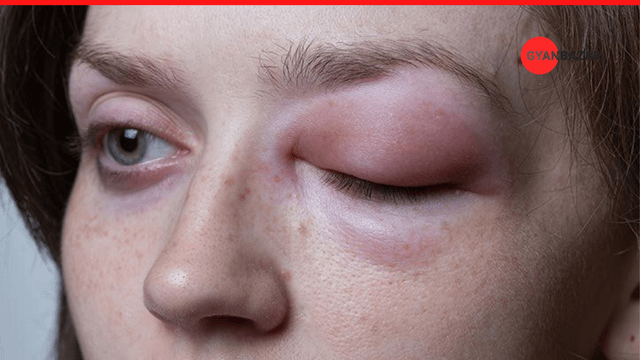Angioedema is a medical condition that causes swelling of the skin, lips, and throat, as well as difficulty in breathing. This article will explore what angioedema is, who gets it, and how to treat it, as well as how to prevent it.
What is angioedema?
Angioedema is an allergic reaction that causes swelling in the lips, around the eyes, on the tongue, and in the throat. It can be caused by a variety of things, including medications, infections, and allergies. It is a common condition, often misdiagnosed as asthma or anaphylaxis.
Angioedema is a response to a foreign body in body, like an insect bite or a medication. It is a serious condition that can be life-threatening, so it is important to recognize it and treat it.
Who gets angioedema?
Angioedema is a condition in which swelling occurs in the skin, subcutaneous tissues, or other tissue layers. It is usually caused by an allergic reaction to a substance, but it may also be triggered by an infection, trauma, or by a drug.
Angioedema can occur on the face, neck, hands, feet, and abdomen. It is also possible to experience swelling in the airway. Angioedema is a symptom of a more serious medical condition. If you experience swelling, it is important to see your doctor to determine what is causing it.
What are the symptoms of angioedema?
Angioedema is a condition that causes swelling, often in the face and head. This swelling can make breathing difficult and cause the airway to close. It can also cause the throat to close, which can make it very dangerous for those with asthma.
The most common symptoms of angioedema are swelling in the face, lips, and tongue, but it can also affect other parts of the body. It is not clear what causes angioedema, but it may be due to an allergic reaction. It is important to monitor for any signs of angioedema. It can be treated with antihistamines, corticosteroids, and adrenaline. It is important to seek medical attention if you experience any of these symptoms.
How to treat angioedema?
Angioedema is a type of swelling that is caused by the swelling of the blood vessels. It is a condition that affects the skin, eyes, and sometimes the internal organs. It is a common condition that affects women and men, but it is more common in women.
It can cause the swelling to be temporary or lifelong. It can be treated with medications, corticosteroids, and antihistamines. It is important to know the signs and symptoms of angioedema and to seek medical attention if you believe you may be having this condition.
How to prevent angioedema?
Angioedema is a swelling of the face, lips, and/or tongue. It is most often seen in people who are allergic to certain foods, medications, insect bites, or stings. It is also more common in people with asthma, diabetes, and autoimmune diseases. There are three types of angioedema: acute, chronic, and subacute. Acute angioedema is the most common.
It is characterized by swelling, redness, and pain in just a few hours to a few days. Chronic angioedema is swelling that lasts for months or years. It is often associated with a medication or food allergy and can be more painful. Subacute angioedema is swelling that lasts for weeks to months but is not associated with a medication or food allergy.

